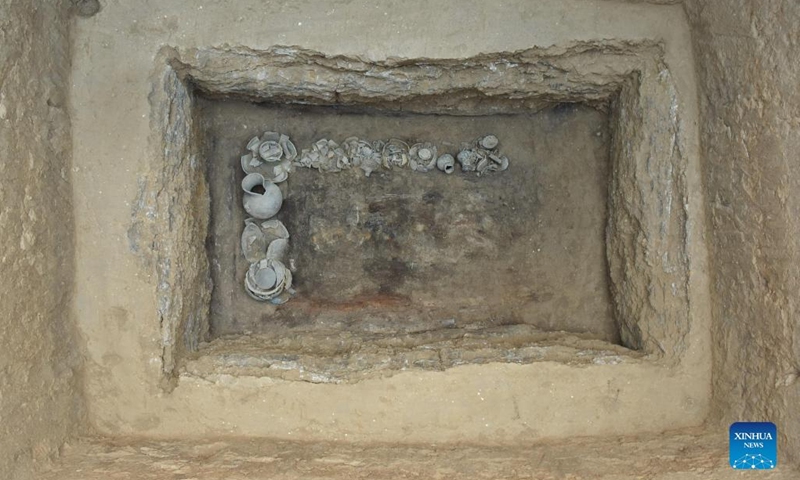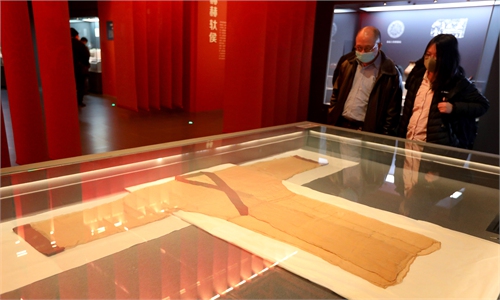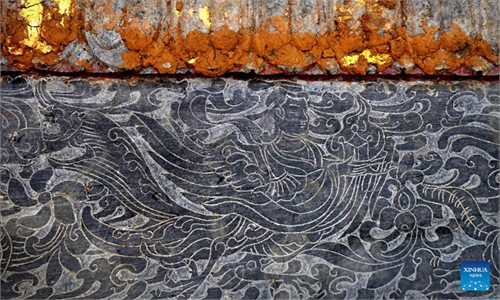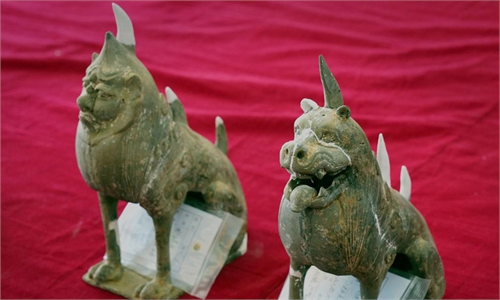ARTS / CULTURE & LEISURE
Over 3,000 pre-Qin tombs discovered in Qinghai Province

Photo: Xinhua
A large ancient tomb cluster, covering 120,000 square meters, was recently discovered in the Haixi Mongolian and Tibetan Autonomous Prefecture in Northwest China's Qinghai Province.
A total of 3,228 tombs were discovered scattered around Qinghai's Xia'er Yamakebu archaeological site.
It is the largest cluster of pre-Qin Dynasty (221BC-206BC) tombs ever discovered in the country's northwestern region.
Archaeologist Xue Ruiming told the Global Times that the Xia'er Yamakebu site dates back to around Shang Dynasty (c.1600BC-1046BC), which is "more than 800 years older than the historical period of the Qin Dynasty."
The archaeological site is also home to an ancient native culture, the Nuomuhong culture, which is made up of indigenous people who once lived around the Qinghai-Xizang Plateau area.
"People of the ancient Qiang ethnic minority group contributed a lot to the formation of the Nuomuhong culture," Xue told the Global Times, adding that the ancient Qiang ethnic minority culture has continued for more than 3,000 years.
"Looking into ancient people's lifestyle and cultural traditions can help us understand the ethnic cultural diversity of China," Xue said.
Besides these ancient tombs, the Xia'er Yamakebu site has also unearthed abundant artifacts such as pottery, bronze and jade wares, as well as pieces made from bone and wood. The remains of ancient woven fabrics have also been discovered.
Du Wei, the lead archaeologist of the Xia'er Yamakebu project, said that these tombs and artifacts can be seen as "solid research materials" that can help archaeologists look further into the Nuomuhong culture.
So far, 52 tombs of the 3,228 tombs have undergone detailed excavations. Back in 2021, the Qinghai Provincial Institute of Cultural Relics and Archaeological and the Northwest University, located in Xi'an, Shaanxi Province, co-launched the archaeological investigation at the Xia'er Yamakebu site.



